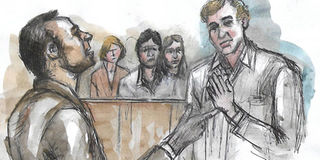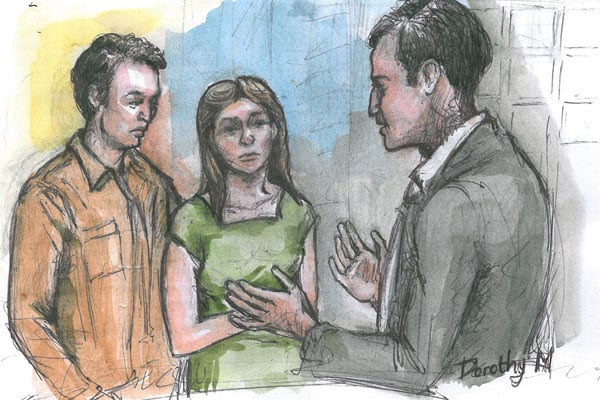Prime
Legal arguments given in a birth gone horribly wrong II

What you need to know:
- Negligence? It is well known that the risk of shoulder dystocia is about 10 per cent in diabetic mothers and Dr McLellan, the doctor who attended to Ms Montgomery, accepted in court. However, the doctor told court that her practice was not to spend a lot of time, or indeed any time at all, discussing potential risks of shoulder dystocia.
In the majority of cases where the baby gets stuck in the birth canal, babies do not suffer any serious injuries, but in this case the baby suffered the worst type of injury, save for death. The mother took the health care provider to court. The trial judge ruled in favour of the health care provider as did the appellant court.
Dissatisfied with the ruling of the first appellant court, the mother pursued the case to the highest court in the land. The court of last appeal carefully looked at and analysed various important cases of medical negligence and came out with a landmark decision.
Patient’s right
The courts of law have over the years set their own standards in determining medical negligence and the first of these is the universal cardinal principle that it is the patient’s right to make his or her own decision, which is indeed a basic human right protected by law.
In law, the failure to warn a patient of the risks of a medical intervention constitutes a failure to respect the patient’s rights to make his or her own decision, especially if that risk does occur.
It therefore follows that when a patient suffers damage as a result of an undisclosed risk, which would otherwise have been disclosed by a doctor exercising reasonable care, the patient will in principle have a course of action based on negligence. This is not only because the doctor failed to respect the patient’s right to decide whether or not to incur the risk but also because the patient may have opted to avoid the injury if the risk had been disclosed to him or her.
Patient’s views
To one judge the decision that a patient makes to or not to consent to a treatment proposed does not solely depend on medical considerations. The doctor’s concern is with the health of the patient and the relief of pain. These are the medical objectives.
But the patient may well have in mind circumstances, objectives, and values which he may reasonably not make known to the doctor, which may lead him to a different decision from that suggested by a purely medical opinion.
The relative importance attached by patients to quality as against length of life, or to physical appearance or bodily integrity as against the relief of pain, will vary from one patient to another. The doctor cannot form an objective view of these matters, and is therefore not in a position to take the right decision as a matter of clinical judgment.
Material risk
It follows that the scope of a doctor’s duty to a patient begins with acknowledging the right of a patient to make his or her decisions inclusive of whether one would or would not undergo a prescribed treatment. A doctor is therefore under a duty to inform a patient of the material risks inherent in any treatment. A risk is material if a reasonably prudent patient in the situation of the patient would think it important.
A doctor can, however, avoid liability for injury resulting from the occurrence of an undisclosed risk if the doctor can show that he or she reasonably believed that communication to the patient of the existence of the risk would be detrimental to the health, including the mental health of the patient.
Medical evidence
In a court of law medical evidence would normally be required to establish the magnitude of a risk and the seriousness of the possible injury if it should occur.
Independent medical evidence would also be necessary to assist the court to decide whether a doctor who withheld information because of a concern about its effects upon the patient’s health was justified in that assessment.
The true test, according to the courts, for establishing negligence in diagnosis or treatment on the part of a doctor is whether that doctor has been proved to be guilty of such a failure as no doctor of ordinary skill would be guilty of, if acting with ordinary care. And this test is extended to risks of or warnings a patient should be voluntarily warned of and the terms in which such a warning should be given.
However there is no obligation on the part of the doctor to provide patients with unsolicited information.
And a doctor is not guilty of negligence if that doctor acted in accordance with a practice accepted as proper by a responsible body of medical practitioners skilled in that particular art.
However, it is not enough to show that there is a body of competent professional opinion which considers that one opinion is wrong if there also exists another body of professional opinion equally competent, which supports that same opinion as reasonable in the circumstances.
TO BE CONTINUED





